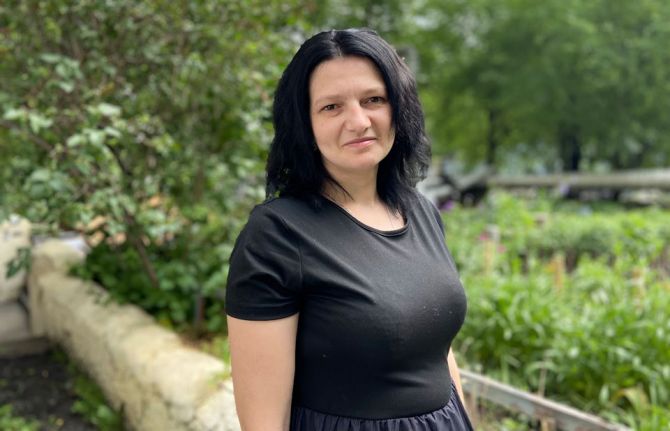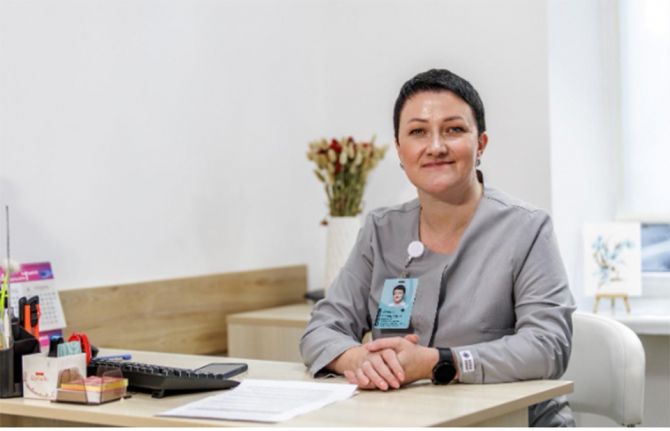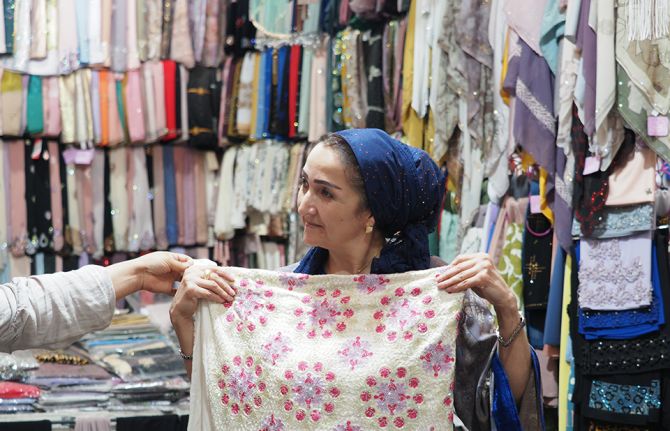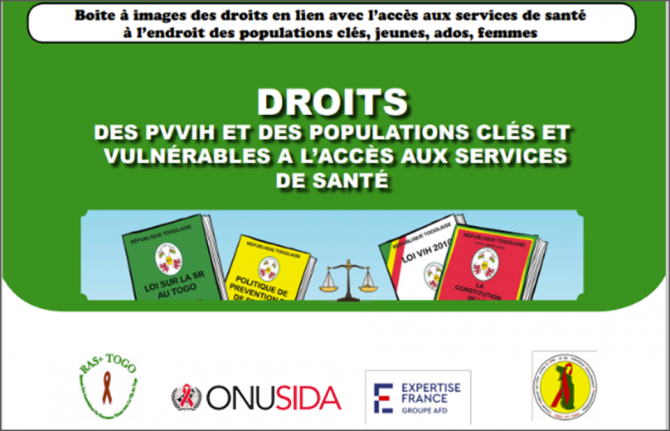
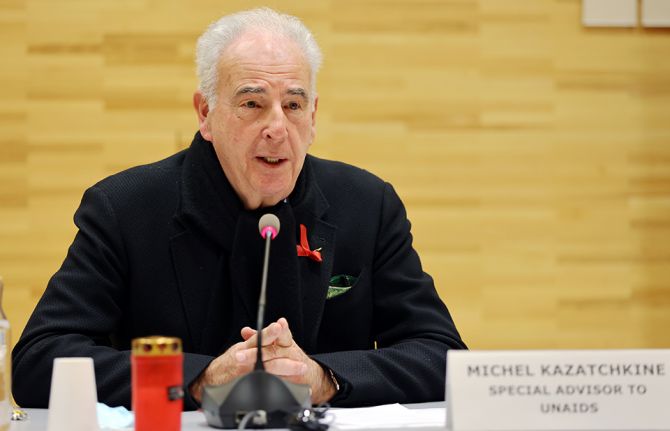
Opinion
We cannot let war in Ukraine derail HIV, TB and Covid-19 treatment in eastern Europe
09 March 2022
09 March 2022 09 March 2022By Michel Kazatchkine — This article appeared first on The Telegraph
It is no surprise that the World Health Organization (WHO) is calling for oxygen and critical medical supplies to safely reach those who need them in Ukraine and moving to establish safe transit for shipments through Poland. But nor is the call new. We`ve been here before.
Russian annexation of Crimea and the conflict in the Donetsk and Luhansk oblasts of Eastern Ukraine in 2014 threatened the supply of HIV and tuberculosis medicines. Fragile trans-internal border efforts and financing by the Global Fund to Fight Aids, Tuberculosis and Malaria allowed the continued supply of the medicines in the separatist territories despite the conflict during the last eight years.
One has to assume that should Russia occupy new Ukraine territories, the challenges to guarantee people living with tuberculosis and HIV access to those drugs will be just as great, high risk, if not already lost.
The separatist authorities in the Donbass and the Russian administration in Crimea also abruptly stopped opioid agonist therapy (OAT) for people who inject drugs, which resulted in much suffering and deaths from overdose and suicide.
NGOs working with affected communities in Donbass were basically closed down. Decades of fighting HIV and tuberculosis have taught us just how critical civil society, community leadership and human rights are to ending those diseases.
The Russian Federation refuses to countenance OAT as a harm reduction measure to reduce the risk of HIV transmission through shared needles.
Ukraine on the other hand, is a notable champion of harm reduction, including OAT and needle exchange programs. This matters greatly in eastern Europe and central Asia which continues to be home to the fastest growing HIV epidemic in the world.
Some 1.6 million people are living with HIV in the region (with Russia accounting for 70 per cent) and around 146,000 are newly infected each year. Drug use accounts for around 50 per cent of new infections but unprotected sex is set to become the main driver in the coming years.
Ukraine, however, has been one on of the most successful countries in the region in terms of guaranteeing access to antiretroviral drugs – 146,500 people in the past year.
These gains were at risk before the war with Covid-19 restrictions seeing a drop in people testing by a quarter in 2020. The coming weeks and months of war will cause this effort to collapse entirely.
Eastern Europe also remains the global epicentre of multi-drug resistant tuberculosis globally. Despite progress in the last ten years, TB prevalence, mortality levels and particularly, incidence of multi-drug resistant tuberculosis remain high in Ukraine which has the second highest number of cases in the region.
Drug resistant tuberculosis represents around 27.9 per cent of new tuberculosis patients and 43.6 per cent of previously treated patients and treatment success of multi-drug resistant tuberculosis is around 50 per cent.
If Covid-19 halved case detection in 2020, it is not hard to imagine it being totally wiped out by the ongoing war.
As health systems collapse and treatment and prevention services are interrupted, mortality from HIV, tuberculosis, multi-drug resistant tuberculosis and Covid-19 will readily increase in Ukraine. Hundreds of thousands of people are internally displaced and cities such as Lviv are running short of medicines and medical supplies.
Scarily, the fallout of the invasion will also go beyond Ukraine: over a million refugees have already fled for their lives. The impact of this will be felt across border towns and areas in central Europe whose response to tuberculosis, HIV and more recently Covid-19, has been fragile.
Border locations and neighboring countries will have to anticipate and address an avalanche of new health needs. We are at an impasse: international cooperation and solidarity towards the Eastern European region has not been a strong feature of the last two years of the global pandemic response.
The arrival of WHO health supplies and the formation of a safe corridor for refugees are fragments of good news in this unfolding tragedy, but we need so much more.
Health systems and facilities must be protected, be functional, safe and accessible to all who need essential medical services, and health workers must be protected.
Michel Kazatchkine is Course director at the Graduate Institute for International Affairs and Development in Geneva, Switzerland, and the former UN Secretary General and UNAIDS special Envoy on HIV/AIDS in Eastern Europe and central Asia. Previous to that he was the Executive Director of the Global Fund to fight AIDS, TB and malaria.
Region/country
Related

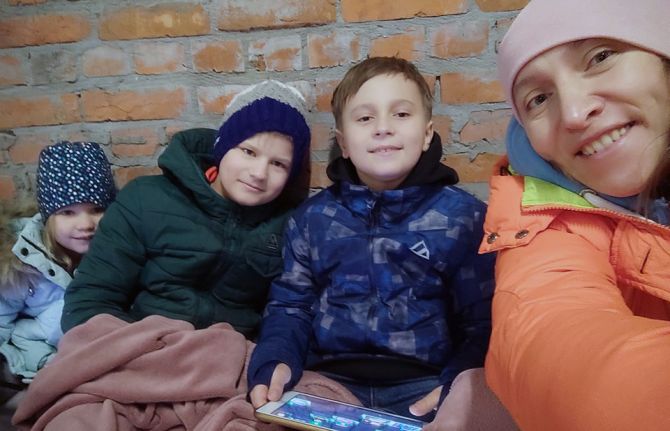
Feature Story
Quick thinking and planning instrumental for HIV network in Ukraine
08 March 2022
08 March 2022 08 March 2022When shelling awoke Valeriia Rachynska in Kyiv on 24 February, the first day of the conflict, she rolled over and tried to get more sleep. As a native of Luhansk, she had already lived through the 2014 conflict.
“I think my brain analysed the noise and realized I was out of harm’s way,” she said by videoconference from a small village in western Ukraine. “But when I saw my kids crying and frightened, I knew I had to relocate yet again.”
The following night she and her two sons stayed in a bomb shelter and then left their home in the capital city with her brother and his family.
As the Director of Human Rights, Gender and Community Development of 100% Life, the largest network of people living with HIV in Ukraine, she stressed that in order to continue helping people, she needed to relocate to a safer place.
“It’s like when you are in an airplane and there is a lack of oxygen,” Ms Rachynska explained. “You put the mask on yourself first then place it on others afterwards.”
The key for her and her organization was being able to have Internet access, a steady mobile phone service, open banks and a relative sense of safety. These days she felt like she was operating a switchboard.
“I respond to all calls and try to redirect them to the right people,” she said. “It has been non-stop and because there are so many attacks and so much unpredictability, I can only advance one step at a time.”
She credits 100% Life’s head, Dmytro Sherembey, for having done advance planning ahead.
“A lot of people told us, “You are crazy to panic,” but at 100% Life we moved our computer servers, documents and anything deemed sensitive to western Ukraine and even Poland and Germany.”
Some of her colleagues stayed in Kyiv saying they would tough it out, but 10 days later many of them left too.
“We are now focusing on evacuations and relocation for people living with HIV and their families as well as marginalized groups by hiring buses for them,” Ms Rachynska said, wrapped up in a blue sweatshirt with a hood. “For those not living in Kyiv, we are sending money via bank transfers for them to buy food and other essentials.”
The country has enough buffer stocks of HIV medications to last until April, but with the help of international partners and UNAIDS’ coordination, 100% Life has urgently planned to have additional life-saving medicines delivered to Poland. The Polish Government has secured a warehouse and agreed to help with logistics, getting antiretroviral therapy to people living with HIV in Ukraine.
Ukraine has the second largest AIDS epidemic in the region. It’s estimated that 250 000 people live with HIV in Ukraine, with more than half on antiretroviral therapy, medication that needs to be taken daily for people living with HIV to stay healthy.
“Our biggest challenge right now is to save lives, provide security and have people stay on treatment,” she said. The 100% Life network has already redesigned key aspects of its programme to get funding from the Global Fund to Fight AIDS, Tuberculosis and Malaria to meet the immediate needs.
Having joined 100% Life in 2011, Ms Rachynska has seen the strides that Ukraine has made to reverse the AIDS epidemic. She is particularly proud of the positive impact that harm reduction programmes, including opioid substitution therapy and needle–syringe exchanges, have had in Ukraine to reduce new HIV infections. HIV in the country continues to disproportionately affect people who inject drugs and the ongoing military offensive may hamper substitution therapy options. She said that 100% Life was actively working to avoid that.
Her other worry involved protecting sex workers, lesbian, gay, bisexual, transgender and intersex people and people who inject drugs. Based on the violence and stigma those groups experienced during the conflict in eastern Ukraine, she fears that key populations will be the targets of violence.
“Our next task will be to start and monitor human rights violations,” she said. “This is very important to me.”
Region/country
Related

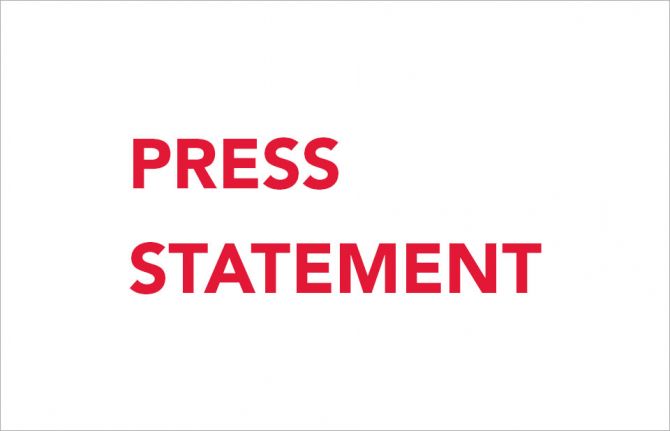
Press Statement
UNAIDS urges protection and continuity of health and HIV services for people living with and affected by HIV in Ukraine
25 February 2022 25 February 2022GENEVA, 25 February 2022—Amidst the ongoing military offensive against Ukraine, UNAIDS is calling for the protection of health workers and uninterrupted continuation of HIV and health services for all people, including people living with and affected by HIV. Ukraine has the second largest AIDS epidemic in the region. It is estimated that there are 260 000 people living with HIV in Ukraine, 152 000 of whom are on antiretroviral therapy, medication that needs to be taken daily for people to remain alive and well.
“People living with HIV in Ukraine only have a few weeks of antiretroviral therapy remaining with them, and without continuous access their lives are at risk,” said Winnie Byanyima, UNAIDS Executive Director. “The hundreds of thousands of people living with and affected by HIV in Ukraine must have unbroken access to life-saving HIV services, including HIV prevention, testing and treatment.”
To date, the Government of Ukraine, together with civil society and international organizations, has implemented one of the largest and most effective HIV responses in eastern Europe and central Asia. However, with the ongoing military offensive, the efforts and gains made in responding to HIV are in serious risk of being reversed, putting even more lives in danger.
The right to health and access to HIV services must always be protected, and health workers, representatives of civil society and their clients must never be targets in a conflict. The ongoing military conflict has affected everyone in Ukraine but is likely to be particularly hard for people living with HIV and key populations, including people who use drugs, sex workers, gay men and other men who have sex with men and transgender people.
As highlighted by the United Nations Secretary-General, the United Nations is committed to support people in Ukraine, who have already suffered from “so much death, destruction and displacement” from the military offensive, in their time of need.
With the support of the Global Fund to Fight AIDS, Tuberculosis and Malaria, the United States President’s Emergency Plan for AIDS Relief and UNAIDS, the Government of Ukraine and civil society partners have delivered HIV prevention and treatment services for people living with HIV and key populations across Ukraine for many years and stand ready to give further support during the ongoing crisis.
UNAIDS staff remain on the ground in Ukraine, working to ensure that people living with HIV and key populations in Ukraine have continued access to life-saving services, with a particular focus on the most vulnerable civilians. UNAIDS will continue to support HIV prevention, testing, treatment, care and support for people across Ukraine affected by the crisis.
UNAIDS
The Joint United Nations Programme on HIV/AIDS (UNAIDS) leads and inspires the world to achieve its shared vision of zero new HIV infections, zero discrimination and zero AIDS-related deaths. UNAIDS unites the efforts of 11 UN organizations—UNHCR, UNICEF, WFP, UNDP, UNFPA, UNODC, UN Women, ILO, UNESCO, WHO and the World Bank—and works closely with global and national partners towards ending the AIDS epidemic by 2030 as part of the Sustainable Development Goals. Learn more at unaids.org and connect with us on Facebook, Twitter, Instagram and YouTube.

